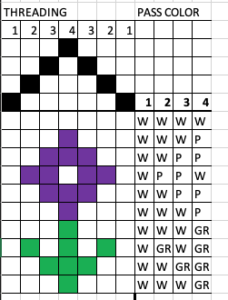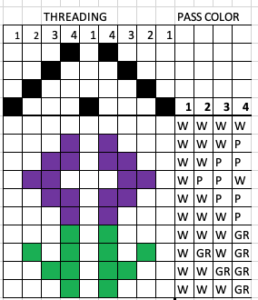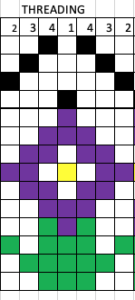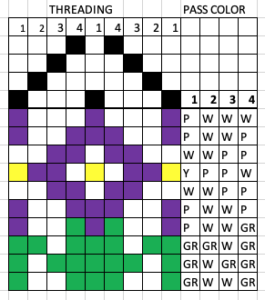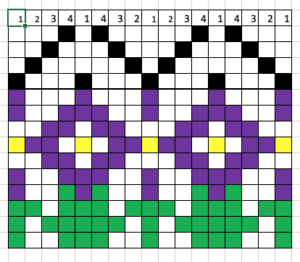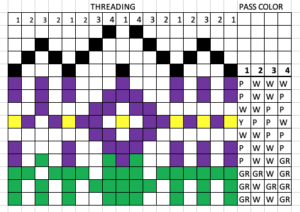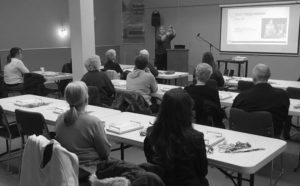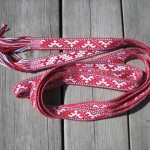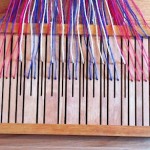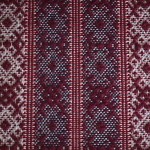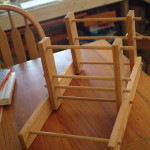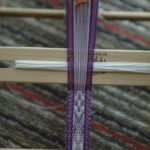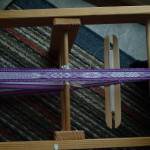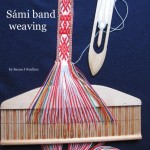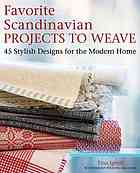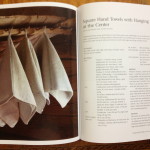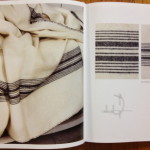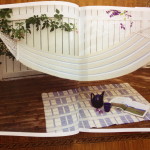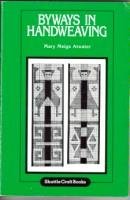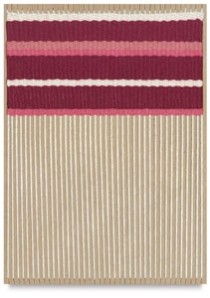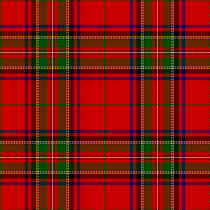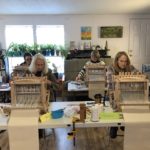
Weave with me workshop
3/21/2020: An update on this post due to the COVID-19 pandemic.
All Adult education classes for the spring semester for Ennis, Bozeman have been cacelled
I have the possibility of running the classes in my studio if people would want to do so and we are not on a “full stop” lockdown. My classes are limited to a maximum of 4 students and as you can see from the image at left students are placed 6 foot apart in the classroom. The looms are made of wood and string, two items that do not retain the virus for very long because they are considered porous materials. My average time between classes is more than 7 days.
Until art/craft shows and gatherings are able to be restarted, I will only be using these looms for individual instruction or these small workshops.
Fri Apr 10th : Let’s Get Warping – Historic Weaving Studio – Bozeman, 10 am to 4 pm – OPENINGS AVAILABLE
Call 406-640-1651 to register. Cost $55 per student, includes materials and loom rental for the workshop.
Weave with me “Getting Warped for Weaving”. If you have taken the “Let’s Get Started Weaving” course and you want to continue to explore handweaving, your next logical step is to learn
how a loom is dressed for weaving. This workshop will teach you the basics of how to wind a warp and how to beam it on your loom without frustration. The workshop will cover basic warp calculations, the selection of a reed, warp preparation, loom threading, and tensioning of the warp for weaving. Looms and materials are provided by Historic Weaving.
Fri May 22nd: Weave with me – “Texture”- Historic Weaving Studio – Bozeman, 10 am to 4 pm – OPENINGS AVAILABLE
Call 406-640-1651 to register. Cost $55 per student, includes materials and loom rental for the workshop.
Weave with me – “Texture” workshop introduces participants to the design element of texture, using the sense of touch to make design choices. Participants will experiment with yarns and basic weaves and will hear stories about famous weavers and the history of weaving while they design and weave their chosen project. Basic weaving experience is required. Materials and looms provided by Historic Weaving.
Fri June 12th: – Weave with me – “Color” – Bozeman, 10 am to 4 pm – OPENINGS AVAILABLE
Call 406-640-1651 to register. Cost $55 per student, includes materials and loom rental for the workshop.
Weave with me – “Color” is a color theory workshop where participants will learn about colors and how they impact textile design decisions. Students will develop a personal color palette. Participants will hear stories about famous weavers and the history of weaving while they design and weave their chosen project. Basic weaving experience is required. Materials and looms provided by Historic Weaving.
Fri July 24th: – Weave with me – “Structure/Pattern” – Bozeman, 10 am to 4 pm – OPENINGS AVAILABLE
Call 406-640-1651 to register. Cost $55 per student, includes materials and loom rental for the workshop.
Weave with me -“Structure/Pattern” workshop will introduce participants to the applied mathematics of weaving textile design, drafting fundamentals and block theory for various weave structures. Students will use these principles to design and weave their chosen project. Participants will hear stories about famous weavers and the history of weaving and their favorite structures. Basic weaving experience is required. Materials and looms provided by Historic Weaving.
Fri Aug 27th: – Weave with me – “Fiber” – Bozeman, 10 am to 4 pm – OPENINGS AVAILABLE
Call 406-640-1651 to register. Cost $55 per student, includes materials and loom rental for the workshop.
Weave with me – “Fiber” workshop is a materials workshop in which participants will handle and discover the different fibers used in weaving from the perspective of their material properties; suitability for purpose, tensile strength and care requirements. Participants will hear stories about famous weavers and the history of weaving while they design and weave their chosen project. Basic weaving experience is required. Materials and looms provided by Historic Weaving.
Fri Sept 11th: – Weave with me – “Overshot” – Bozeman, 10 am to 4 pm – OPENINGS AVAILABLE
Call 406-640-1651 to register. Cost $55 per student, includes materials and loom rental for the workshop.
Weave with me – “Overshot” workshop is a structure and pattern workshop in which participants will handle and discover how to design and weave their own overshot patterns. Participants will hear stories about famous weavers and the history of weaving while they design and weave their chosen project. Basic weaving experience is required. Materials and looms provided by Historic Weaving.
Fri Oct 16th : – Weave with me – “Boundweave” – Bozeman, 10 am to 4 pm – OPENINGS AVAILABLE
Call 406-640-1651 to register. Cost $55 per student, includes materials and loom rental for the workshop.
Weave with me – “Boundweave” workshop is a structure and pattern workshop in which participants will handle and discover how to design and weave their own boundweave patterns. Participants will hear stories about famous weavers and the history of weaving while they design and weave their chosen project. Basic weaving experience is required. Materials and looms provided by Historic Weaving.


